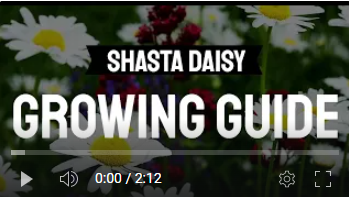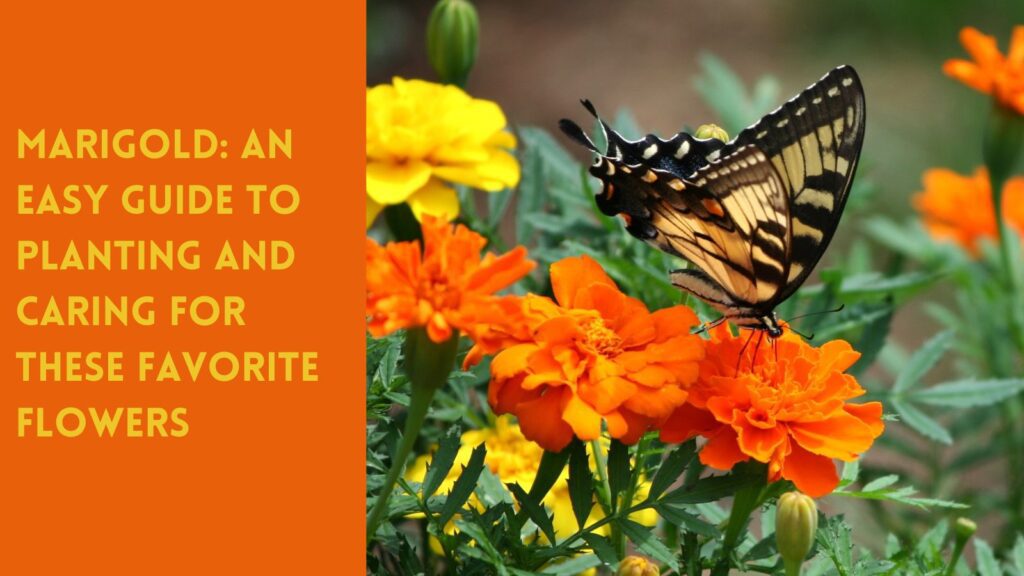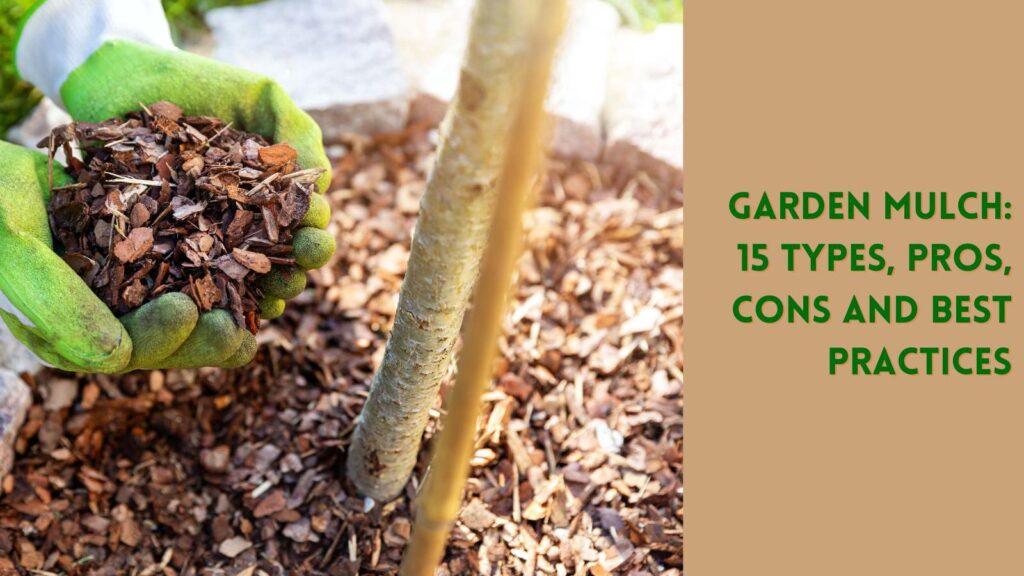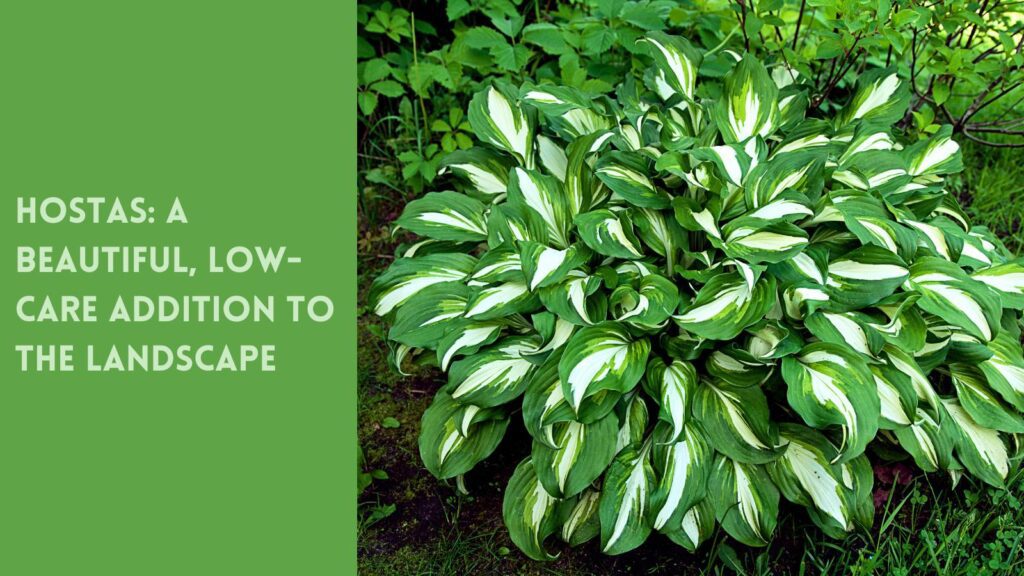Last Updated on: 14th March 2024, 05:25 am
This daisy is the classic, “loves me, loves me not” flower.
Shasta daisy, or scientific name Leucanthemum x superbum, is a beautiful perennial flower admired for its showy, white, and yellow blooms that resemble the sun. It is part of the Asteraceae family of plants and native to Europe.
This favorite flower is a hybrid of several different daisy species, including the oxeye daisy (Leucanthemum vulgare); horticulturist Luther Burbank hybridized the species in the 1890s.
Shasta daisies are easy to grow and maintain, making them popular for home gardeners. This content will discuss everything you need to know about growing and maintaining shasta daisy flowers.

The Symbolism of the Shasta Daisy
The shasta daisy, like many other flowers, has a symbolic meaning. It sometimes signifies purity, innocence, and simplicity and some say it represents true love and loyalty. The white petals of the shasta daisy are often seen as a symbol of pure and true love, while the yellow center represents the warmth and joy of a loving relationship.
In the language of flowers, the shasta daisy can symbolize new beginnings and fresh starts, making it a popular choice for decorating wedding venues and other celebratory occasions. Its simple beauty and bright, cheerful appearance make it a popular choice for floral arrangements and bouquets, as well as for garden borders and landscaping.
This species is a beloved flower not only for its beauty but also for its rich symbolic meaning. Whether giving a freshly-cut bouquet as a gift or for pure enjoyment in the garden, these tall, sunshine yellow and white flowers will bring joy and happiness to those who encounter them.
The Stunningly Gorgeous Appearance of the Shasta Daisy
Shasta daisy plants typically grow in two to three feet tall clumps and one to two feet wide. They have sturdy, upright stems covered in green leaves. The leaves are deeply lobed and serrated and can grow up to 6 inches long. The flowers are large, white, and yellow, with yellow centers. They can grow up to four inches in diameter and bloom in early summer to early fall.

Optimal Growing Needs for the Shasta Daisy
Shasta daisies are hardy in USDA plant hardiness zones 5 to 8. If you live in a hotter growing zone, you may still be able to grow Shasta daisies. However, you may need some afternoon shade to protect them from the hot sun.
Sunlight and Watering Needs
Shasta daisies prefer full sun, demanding at least six hours of direct sunshine daily to thrive. They can tolerate some light shade, but too much shade can result in weak, leggy plants that don’t bloom well.
Watering requirements
Shasta daisies prefer moist, well-draining soil. They don’t like to be in too wet or too dry soil. Water them deeply once or twice a week, depending on the weather and the soil conditions. You may need to water them more frequently during hot, dry weather to keep the soil moist.
Best Soil pH for the Shasta Daisy to Grow
Shasta daisies prefer slightly acidic to neutral soil, with a pH between 6.0 and 7.0. If your soil is acidic, add lime to increase the pH. If your soil is too alkaline, add sulfur to lower the pH.
When you plant this perennial, it would be best if you steered clear of acidic pine trees in eastern North Carolina. Due to our local soil acidity, many in our region get the best results by planting this flower in potting soil from the local hardware store.
How to Grow Leucanthemum x superbum From Seed and Care for Them Throughout the Summer
If you want to grow Shasta daisies from seed, you can start them indoors or in an outdoor greenhouse approximately eight weeks before your last frost date.
Here are detailed, step-by-step instructions for planting and caring for these tall, leggy beauties:
- Fill a sturdy seed tray or small pots with seed-starting soil. Moisten the soil without overwetting it.
- Scatter the shasta daisy seeds on the soil, spacing them approximately one inch apart.
- Cover the daisy seeds with a thin soil layer, about 1/8 inch deep.
- Place the seed tray or pots in a warm, sunny spot or under grow lights. Keep the soil moist but not wet.
- The seeds should germinate in about seven to fourteen days. Once they have their first set of true leaves, transplant the seedlings into larger pots or the garden.
- If transplanting them into the garden, wait until after your last frost date and choose a spot with full sun and well-draining soil. Dig a hole slightly larger than the seedling’s root ball, and plant it at the same depth it was in the pot.
- Water the newly transplanted seedlings deeply and moisten the soil for the first few weeks. Once they become established, you can water them deeply once or twice weekly.
- Mulch around the base of the plants with a two layer of organic mulch. Consider bark chips or pine straw. This step will help to retain moisture in the soil and keep weeds at bay.
- Fertilize the plants once or twice a year with a balanced, slow-release fertilizer. You can apply the fertilizer in early spring before new growth begins and in midsummer.
- Deadhead the spent flowers to encourage new blooms and to prevent the plant from self-seeding. You can do this by cutting the stem just below the spent flower.
- Cut the stems down to a few inches above ground level in late fall or early spring to prepare the plant for winter. This pruning will also help to stimulate new growth in the spring.
- Divide the clumps of flowers every three to four years to prevent overcrowding and rejuvenate the plant. To do this, dig up the entire plant and use a sharp knife or garden shears to divide the plant into smaller clumps. Replant the clumps and water them deeply.

The Takeaway: Shasta Daisy Is a Classic Flowering Perennial That’s Easy to Grow With Little Care, But You Must Optimize the Growing Conditions When You Plant Them
The Shasta daisy is a beautiful, easy-to-grow perennial flower that brightens any garden. They prefer full sun, well-draining soil, and consistent moisture. Following the growing and maintenance tips outlined in this article, you can enjoy these lovely flowers year after year.

Author Profile

- Deborah Tayloe is the CEO and co-founder of Tayloe's Lawn Care Services, LLC. She has a B.S.Ed and holds certificates in soil and water management and herbology from accredited programs.
Latest entries
 Lawn CareDecember 29, 2025Commercial winter lawn care is a must
Lawn CareDecember 29, 2025Commercial winter lawn care is a must GardeningSeptember 27, 2025What perennials, shrubs, and trees don’t like fall pruning (and why)?
GardeningSeptember 27, 2025What perennials, shrubs, and trees don’t like fall pruning (and why)? Trees and ShrubsSeptember 14, 2025Fall Shrub Pruning Guide (September–October)
Trees and ShrubsSeptember 14, 2025Fall Shrub Pruning Guide (September–October) Trees and ShrubsApril 22, 2025Boxwood Blight: Early identification and isolation
Trees and ShrubsApril 22, 2025Boxwood Blight: Early identification and isolation






